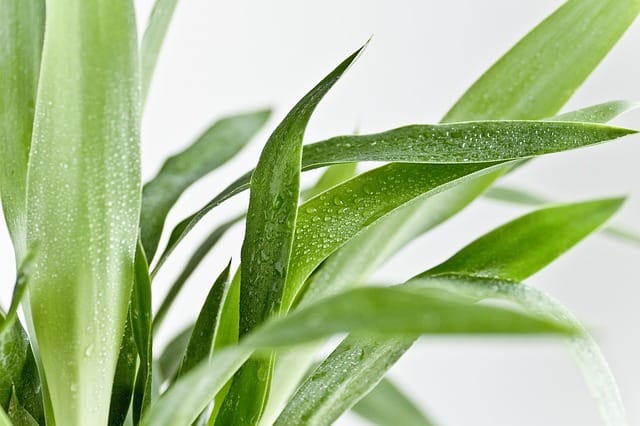How to grow Yuccas
Welcome to our comprehensive guide on growing yuccas flower

In this article:
- Introduction
- Understanding Yuccas
- Selecting the Right Yucca Variety
- Soil and Site Requirements
- Planting Yuccas
- Watering and Fertilizing Yuccas
- Pruning and Maintenance
- Preventing Common Yucca Pests and Diseases
- Propagating Yuccas
- Overwintering Yucca Plants
- Harvesting and Using Yucca Flowers
- Conclusion
Introduction
Welcome to our comprehensive guide on growing yuccas flower. Yuccas are beautiful and easy-to-maintain plants that can add a touch of exotic flair to any garden or landscape. In this article, we will walk you through everything you need to know about growing yuccas successfully.
Understanding Yuccas
Yuccas are native to arid regions of North and Central America. These perennial plants are known for their sword-like leaves and tall, dramatic flower spikes. They are incredibly hardy and can thrive in a variety of climates, making them a popular choice for both indoor and outdoor gardening.
Selecting the Right Yucca Variety
When choosing a yucca variety, consider factors such as size, growth habit, and flower color. Popular yucca varieties include Yucca filamentosa, Yucca gloriosa, and Yucca brevifolia. Research different varieties and select the one that best suits your gardening needs.
Soil and Site Requirements
Yuccas thrive in well-draining soil that is slightly acidic to neutral. Plant them in a sunny location that receives at least 6-8 hours of direct sunlight per day. Ensure the soil is rich in organic matter and has good drainage to prevent waterlogging, as yuccas are susceptible to root rot.
Planting Yuccas
Dig a hole that is slightly larger and deeper than the yucca's root ball. Place the plant in the hole, backfill with soil, and tamp it down gently. Water the newly planted yucca thoroughly to settle the soil and provide moisture to the roots.
Watering and Fertilizing Yuccas
Yuccas are drought-tolerant plants and should not be overwatered. Allow the soil to dry out between waterings, and only provide water when the top inch of soil feels dry to the touch. Fertilize yuccas sparingly, using a balanced slow-release fertilizer in early spring.
Pruning and Maintenance
Regular pruning helps yuccas maintain their shape and appearance. Remove dead or damaged leaves and spent flower spikes as needed. Wear protective gloves when pruning, as yucca leaves have sharp edges that can cause injury.
Preventing Common Yucca Pests and Diseases
Yuccas are generally pest and disease-resistant. However, they can occasionally be affected by mealybugs, scale insects, or fungal diseases. Regularly inspect your yucca plants for any signs of pests or diseases and take appropriate measures to control or treat the issue.
Propagating Yuccas
Yuccas can be propagated through offsets or seeds. To propagate through offsets, carefully separate the smaller plants that grow at the base of the parent plant and replant them in their pots or desired location. Sow yucca seeds in a well-draining potting mix and provide the necessary conditions for germination.
Overwintering Yucca Plants
In colder regions, yuccas may require protection during winter. Mulching the base of the plant with a thick layer of organic matter can help insulate the roots. Additionally, consider moving potted yuccas indoors or into a greenhouse to protect them from freezing temperatures.
Harvesting and Using Yucca Flowers
Yucca flowers are not only beautiful but also edible. Harvest yucca flowers when they are fully open and still white or yellow. They can be used in salads, soups, or as a garnish for various dishes. Ensure that you harvest in moderation, leaving enough flowers for the plant to produce seeds.
Conclusion
Growing yuccas can be a rewarding and enjoyable experience. By following the guidelines provided in this article, you can successfully cultivate these stunning plants in your garden or landscape. Remember to provide the right conditions, care for them appropriately, and enjoy the beauty of yucca flowers for years to come.
